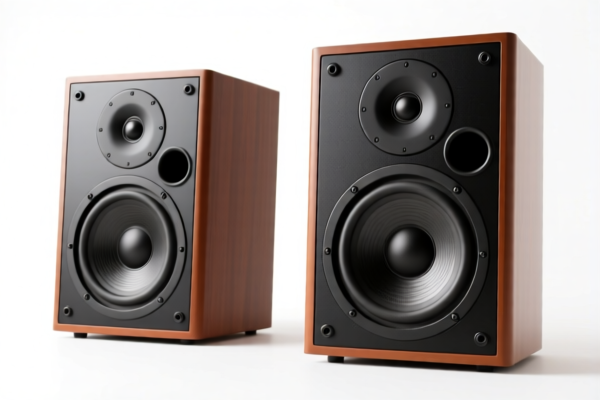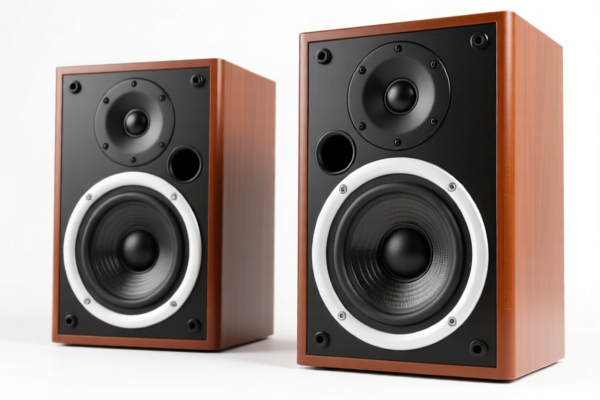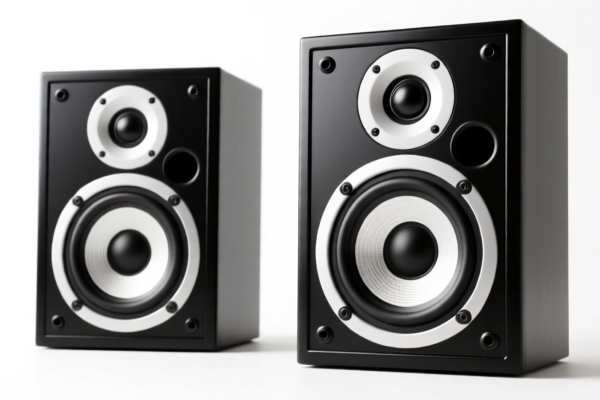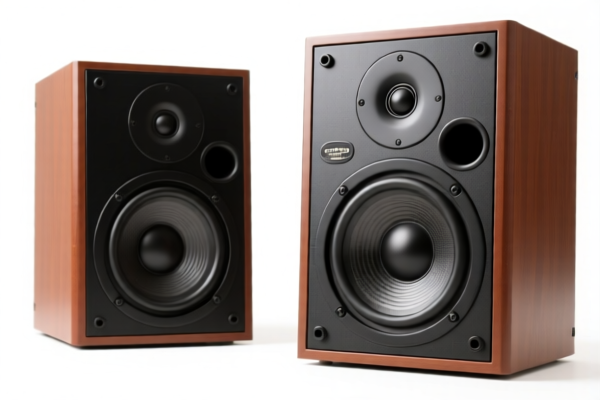| HS Code | Official Doc | Tariff Rate | Origin | Destination | Effective Date |
|---|---|---|---|---|---|
| 8518402000 | Doc | 30.0% | CN | US | 2025-05-12 |
| 8518500000 | Doc | 55.0% | CN | US | 2025-05-12 |
| 8543708000 | Doc | 55.0% | CN | US | 2025-05-12 |
| 8543709860 | Doc | 57.6% | CN | US | 2025-05-12 |
| 9031499000 | Doc | 55.0% | CN | US | 2025-05-12 |
| 9031497000 | Doc | 55.0% | CN | US | 2025-05-12 |
| 9026802000 | Doc | 55.0% | CN | US | 2025-05-12 |
| 9014804000 | Doc | 55.0% | CN | US | 2025-05-12 |
| 9014805000 | Doc | 55.0% | CN | US | 2025-05-12 |




Audio Receiver
An audio receiver is an electronic component that amplifies audio signals and routes them to speakers. It serves as the central hub for audio systems, processing and distributing sound from various sources. Historically, receivers combined radio tuning capabilities with amplification, hence the name. Modern receivers often focus primarily on amplification and signal processing, with radio functionality being optional or absent.
Material
- Chassis: Typically constructed from steel or aluminum for rigidity and shielding against electromagnetic interference.
- Circuit Boards: Primarily fiberglass reinforced epoxy with copper traces for electrical conductivity.
- Components: A wide range of electronic components including transistors, integrated circuits (ICs), capacitors, resistors, diodes, and inductors. More advanced units utilize digital signal processors (DSPs).
- Connectors: Gold-plated connectors (RCA, HDMI, optical, USB, Ethernet) are common for signal transmission and corrosion resistance.
- Transformers: Used for power supply and sometimes for audio isolation; typically utilize laminated steel cores and copper windings.
- Heat Sinks: Aluminum is frequently used for heat dissipation, particularly in high-power amplifiers.
Purpose
The primary purpose of an audio receiver is to:
- Amplify Audio Signals: Increase the low-level signals from source devices (CD players, turntables, streaming devices, etc.) to a level sufficient to drive speakers.
- Signal Selection: Allow the user to choose between multiple audio sources.
- Signal Processing: Modern receivers often include features like equalization, surround sound decoding, and volume control.
- Distribution: Route the amplified audio signal to connected speakers.
Function
An audio receiver operates through several key stages:
- Input Selection: The user selects the desired audio source.
- Preprocessing: The signal may be processed by an equalizer, decoder (e.g., Dolby Atmos, DTS:X), or other signal conditioning circuitry. Digital signals are converted to analog if necessary.
- Amplification: The pre-processed signal is amplified using internal power amplifiers. Amplifier classes (A, B, AB, D) determine efficiency and sound quality.
- Output: The amplified signal is sent to the connected speakers.
- Power Supply: A robust power supply provides the necessary voltage and current to the amplifier and other circuitry.
Usage Scenarios
- Home Theater: Receivers are central to home theater systems, providing multi-channel surround sound.
- Stereo Systems: Used to amplify and control audio from CD players, turntables, and other stereo sources.
- Multi-Room Audio: Receivers can be integrated into multi-room audio systems, allowing audio to be distributed to multiple zones.
- Gaming: Receivers enhance the gaming experience with immersive surround sound and low latency audio.
- Music Streaming: Receivers can connect to streaming devices (e.g., Sonos, Chromecast) for wireless audio playback.
Common Types
- Stereo Receivers: Designed for two-channel audio playback. Often feature phono inputs for turntables.
- AV Receivers (Audio/Video Receivers): Designed for home theater systems, supporting multiple audio channels (5.1, 7.1, Dolby Atmos, DTS:X) and video switching.
- Network Receivers: Include network connectivity (Ethernet, Wi-Fi) for streaming audio and control via mobile apps.
- Mini Receivers/Integrated Amplifiers: Compact, all-in-one units combining receiver and amplifier functionality. Often lack advanced features.
- Tube Receivers: Utilize vacuum tubes for amplification, known for their warm, distinctive sound. Generally more expensive and require more maintenance.
- Surround Sound Receivers: Specifically designed for multi-channel audio, with decoding capabilities for various surround sound formats.
Based on the material and use, an audio receiver is a device designed to receive audio signals and amplify them for output through loudspeakers. It falls under the category of audio-frequency electric amplifiers or electric sound amplifier sets.
Here are the relevant HS codes:
- 8518402000: This HS code covers Microphones and stands therefor; loudspeakers, whether or not mounted in their enclosures; headphones and earphones, whether or not combined with a microphone, and sets consisting of a microphone and one or more loudspeakers; audio-frequency electric amplifiers; electric sound amplifier sets; parts thereof: Audio-frequency electric amplifiers: Other. This is a broad category encompassing various types of audio amplifiers. The basic tariff is 0.0%, with an additional tariff of 0.0%. However, after April 2, 2025, an additional tariff of 30.0% will be applied, resulting in a total tariff of 30.0%.
- 8518500000: This HS code covers Microphones and stands therefor; loudspeakers, whether or not mounted in their enclosures; headphones and earphones, whether or not combined with a microphone, and sets consisting of a microphone and one or more loudspeakers; audio-frequency electric amplifiers; electric sound amplifier sets; parts thereof: Electric sound amplifier sets. This specifically refers to complete electric sound amplifier sets. The basic tariff is 0.0%, with an additional tariff of 25.0%. After April 2, 2025, an additional tariff of 30.0% will be applied, resulting in a total tariff of 55.0%.
Regarding HS code 8518402000 and 8518500000, please note the change in additional tariff rates after April 2, 2025. It is important to verify the specific components and functionality of the audio receiver to determine the most accurate HS code classification. If the item is a complete set including an amplifier, 8518500000 may be more appropriate. If it is solely an amplifier without being part of a complete set, 8518402000 may be more suitable.
Customer Reviews
No reviews yet.